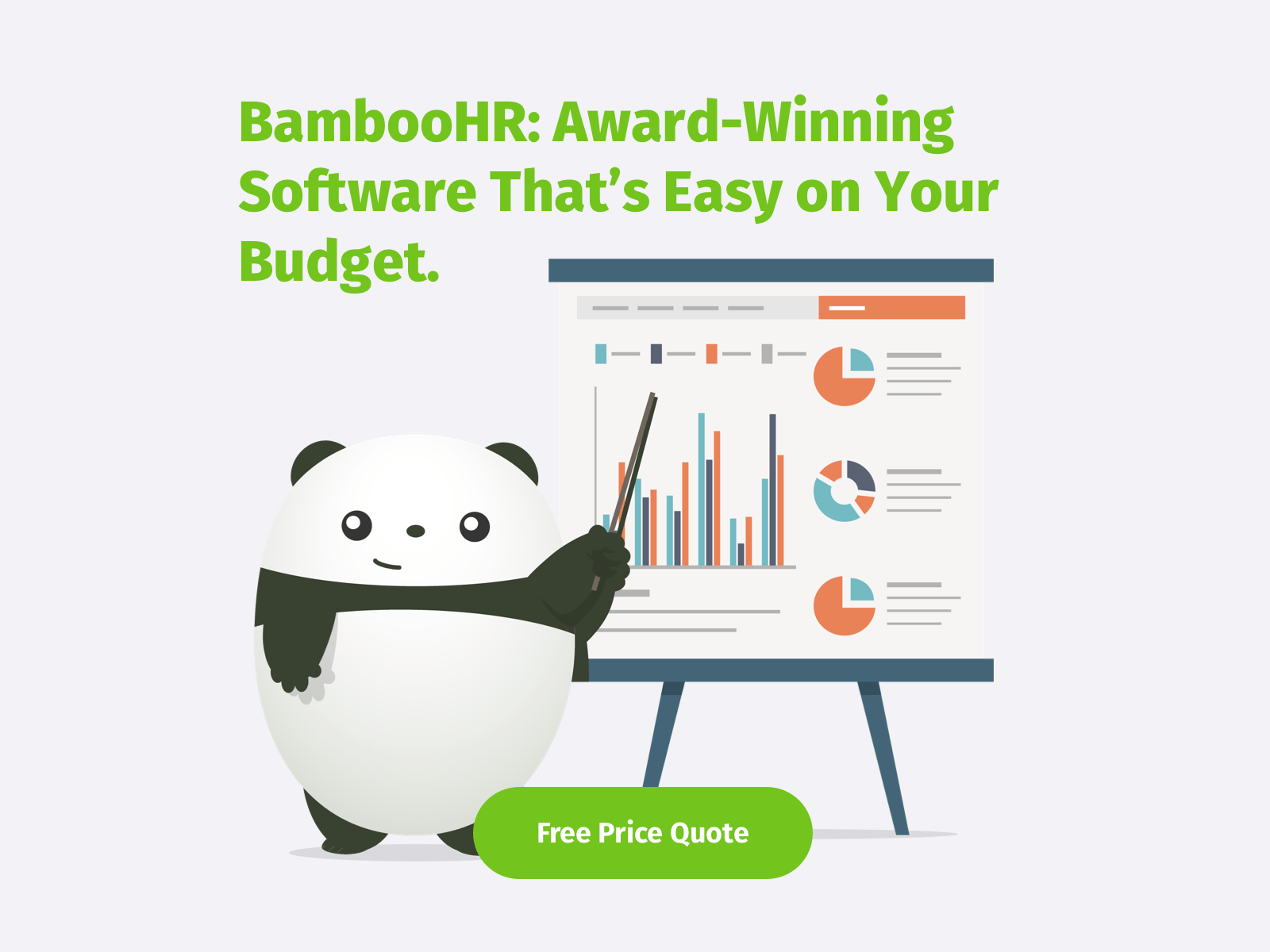How Long Do You Have to Keep Payroll Records?
Keeping payroll records is an important step for any employer. But it’s less clear which records your organization needs to keep or how long you need to keep them, and before long, your financial file is ready to pop like George Costanza’s wallet. As small businesses get off the ground, it soon becomes clear that having a Costanza file for every employee’s paperwork just isn’t feasible. But it can be hard to know when to tidy up the physical and virtual filing cabinets. So the question remains: how long do you have to keep payroll records?
Why Do You Need to Keep Payroll Records?
When it comes to financial transactions, your organization needs to be accountable for its past. It doesn’t matter whether laws change (such as the uncertainty around the Affordable Care Act) or employees leave: if you’re audited, you’ll need to show that you were compliant with requirements at the time to avoid charges of fraud and increased scrutiny.
It’s not just the government that may request payroll records. Current and former employees may need to access these records in the event of a dispute or civil lawsuit over compensation. Having correct records helps shield your organization and your managers from false accusations.
How Long Does the IRS Require You to Keep Payroll Records?
Keep employment tax information for four years. The IRS has a three-year statute of limitations for audits, but the limitation is waived if an employment tax return isn’t filed, and there’s no expiration date for uncovered fraud. Having your tax records stored properly and keeping them accessible helps you keep an audit from snowballing into more stringent requirements and lasting suspicion.
Tax records include the following documents (here searchable by both name and form number):
Tax Forms
- Forms W-2 (Wage and Tax Statement) and W-3 (Transmittal of Income and Tax Statements)
- Form W-4 (Employee’s Withholding Allowance Certificate)
- Forms 941 (Employer’s Quarterly Federal Tax Return) or 944 (Employer’s Annual Federal Tax Return)
In addition to these general tax forms, you also need to keep financial records of your benefits.
Retirement Documents
- Form 5305-SEP (Simplified Employee Pension—Individual Retirement Accounts Contribution Agreement)
- Form 5305A-SEP (Salary Reduction Simplified Employee Pension— Individual Retirement Accounts Contribution Agreement)
- Form 5304-SIMPLE (Savings Incentive Match Plan for Employees of Small Employers (SIMPLE)—Not for Use With a Designated Financial Institution)
- Form 5305-SIMPLE (Savings Incentive Match Plan for Employees of Small Employers (SIMPLE)— for Use With a Designated Financial Institution)
- Plan documents, adoption agreements, and all plan amendments for profit sharing, 401(k), or defined benefit plans
Affordable Care Act Documents
- Form 1095-B (Health Coverage)
- Form 1094-B (Transmittal of Health Coverage Information Returns)
- Form 1095-C (Employer-Provided Health Insurance Offer and Coverage)
- Form 1094-C (Transmittal of Employer-Provided Health Insurance Offer and Coverage Information Returns)
How Long to Keep Payroll Records
Keep employee payroll records for three years. This rule of thumb applies when deciding how long to keep payroll records and how long to keep timesheets. Records should include:
- Names, addresses, and Social Security numbers of all employees
- Workweek start and end dates
- Exempt/Non-exempt status
- Pay rate
- Hours worked each day/total hours worked each week
- Overtime earnings (if applicable)
- Total wages paid each period
- Additions to or deductions from wages (including garnishments)
- Payment dates and pay periods
Are Timesheets Legal Documents?
Timesheets are the records employees need to access when settling compensation disputes with their current or former employer. As such, they qualify as legal documents under U.S. law.
Many states have laws that allow employees to request information from their personnel files, even after termination or resignation. If your organization operates in multiple states, make sure your filing system handles payroll record retention by state standards for each state.
What’s the Best Way to Keep Payroll Records?
There are two main challenges to keeping effective payroll records. First, there’s the process of working through the sheer scope of documentation required for every employee (as evidenced in this post). Second, even when these documents are produced and filed correctly, it can be a challenge to access them when the need arises.
While paper forms and physically signed timesheets may work for the smallest organizations, the process quickly becomes infeasible as more employees join. There’s also a cost involved in paper storage. How much would it cost you to print out all the forms listed in this article? How many square feet of office space would you need to store these documents?
Automating this process through time tracking, electronic signatures, and cloud-based document storage removes the physical roadblocks and helps lessen human error. Instead of spending working hours tracking down a former employee’s file in the room full of filing cabinets or among the 1,254 files on the local server, payroll professionals can rely on their HR software to produce the document they need—right when they need it.
So, along with all the technical answers listed above, we have one more answer to “how long do you have to keep payroll records”: with the right combination of software and strategy, you’ll have more physical and mental room to make that decision.
Get caught up every month on all things HR. Don't worry, we promise we won't spam you.
Brian Anderson expertly decodes all things HR, drawing on a decade of technical writing in the business organization industry to provide editorial support to internal and external learning programs at BambooHR. His writing explores the different motivations that shape the employee experience and the psychology of human resources.










